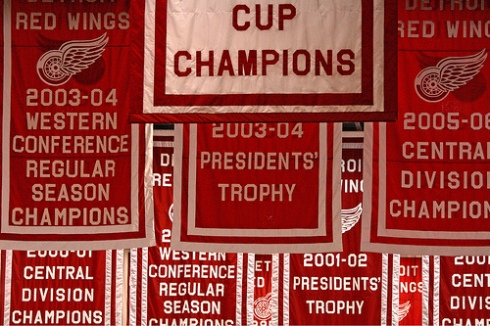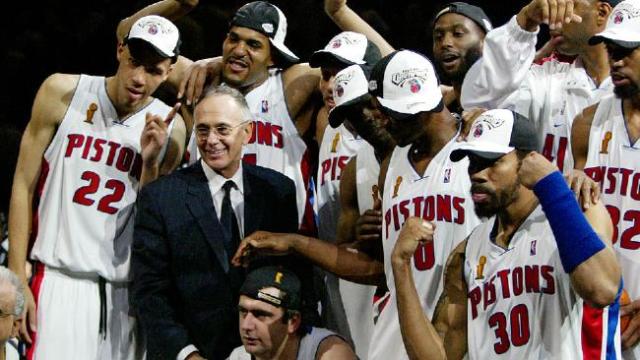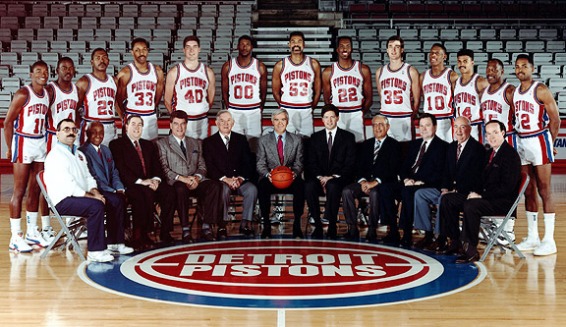New feature here on TeamWorkDoc.com. Beginning with this post, every Friday will feature a “Coaching Corner” post for leaders in organizations (if you have questions that you want addressed, feel free to comment below). The first post in this series digs into two issues that are important to me: the myth of the magic pill solution and group development. Enjoy!
—
Too often as I look out on the sea of people discussing leadership, the answers are overly simplified. Many, even well-known writers, are presenting a one-size-fits-all model of leadership. This would be great if every problem and every organization was the same, or even on a scale to the original situation, but that just isn’t the case. Too often leadership approaches are based on a single way of approaching the world. When your only tool is a hammer, every problem looks like a nail. But obviously that doesn’t work in the real world. Things get bent and broken that way.

Countless theories and approaches have been developed and all have their strengths and their pitfalls. The reality for organizations revolves around understanding that beginning the leadership process starts with owning your specific organizational situation/environment.
To illustrate this, I want to take a very specific situation, a leader seeking to accomplish group development in two different organizational environments, one stable and the other unstable (NOTE: Even stability itself is on a continuum, but for the purpose of illustration, we will use these two categories to display just how differently the role of the leader is enacted in the group setting. Please note, regardless of the specific place your organization is on the continuum, it is vital that you work to encourage, provoke, and sustain positive growth and development within the groups present in your organization).
Leader’s Role in Group Development – Unstable Organization
The reality is, every organization has groups and trust me, they are vital to your success. But what happens when you are given the challenge of developing a group in a situation that is already unstable? Taking Tuckman’s model of group development, the development of an existing group in an unstable environment most likely is going to start with the chaos of the storming stage. When groups are in this stage, particularly when the surrounding environment of the organization is also unstable, things can be tumultuous. Group members are likely filled with too many questions and not enough answers. They have expectations, but a lack of clear understanding of what their roles will be in the group.
Group development at its earliest stages seems about as linear as a white water rafting trip. Plans are often cast aside as realities are being shaped. It is important to remember in this space you are a guide holding the rudder, not a taskmaster with a whip! The leader (or leaders) within an organization experiencing change, play an important role in seeking to establish clear purpose, processes, and goals for the entire organization, including groups. It is within their purview to work with the teams to be certain that the plans developed meet the intended purpose of the group, and also that the group has the needed/appropriate resources in order to accomplish the task at hand.
In order to be certain of positive development in a group surrounded by instability, the leader needs to be clear and directed. This means that the leader will often be present with the group to recognize problems, needs, or questions. In this type of organization, and with a group in these stages the leader should establish clear goals that are attainable, providing incentive that clearly establishes for the group that these goals are in their (and the organization’s) best interest. This type of commanding leadership can help bring calm within an unstable environment and allow a group to focus on the germane tasks.
As the group shows improvement, and as the organization shows more stability, the leader may begin to show more supportive behavior. Using this style of leadership, termed – coaching by Hersey and Blanchard, the leader will begin to establish more of relationship with the group (and/or individuals in the group) in order to seek to encourage their growth by better understanding their needs, desires, etc. This movement in style signals to the group that positive change is recognized and that more of the development will be based on their input and interaction, rather than being simply handed to them by the leader.
Leader’s Role in Group Development – Stable Organization
Within a stable organization, group development likely will begin from the standpoint of previously established teams who are entering into or in the maintenance of Tuckman’s norming/performing stages. In these stages of development, the leader’s role is extremely important. The intended life cycle and purpose of the group will guide some of the development needs that the leader(s) will focus on.
For the leader that is outside the group, development will likely take a more hands-off approach, in which the leader serves in more of a delegating or supporting role. This leader should be less visible, providing the group with the opportunity to select their own processes, develop their own plans, and structure themselves accordingly to meet new and bigger needs.
The leader in this role, has the opportunity to encourage and promote growth and development within the group by providing consistent challenges that allow group members to move from areas of comfort into new and challenging tasks, skills, and processes. Further, in a stable environment, with a team that is already in the process of reaching the norming and performing stage, the leader through the supporting function found in Hersey and Blanchard’s model can serve as a mentor to the team, at large, and individuals, in particular, to make sure that they are personally having their needs for improvement met and are finding the group to be moving in the right direction.
In order to maximize the potential of a team, it is important that this leader encourages the group to set clear, consistent, and challenging goals. The leader will want to encourage the group to set their own challenging, yet attainable, goals and they seek to make sure that the obstacles are passable, in order for the group to find success.
Conclusion
The leadership styles needed in these organizations are as different as their situations themselves. As a group begins to become more formalized, and/or the environment becomes more stabilized, it is beneficial to slowly become less directive, and more supportive. This means being present and listening more than talking.
However, as the organization continues to stabilize, and the group reaches a heightened level of performance, the leader in order to encourage a greater level of development within the group, should step back – providing the group with a greater sense of autonomy. This movement provides the group the freedom to enact its own goals, processes, and plans. It invites them to take responsibility and be accountable for their actions, toward each other rather than toward some outside leader.
The group development process is certainly not a one-size-fits-all approach. Groups of differing purpose, tenure, and organizational environment should be led in different ways. The purpose in this case is to recognize the importance of approach when facing a stable, or unstable, organizational environment. Groups have the potential to accomplish great things when provided the needed direction and resources. It is imperative that leaders recognize that groups need varying amounts of direction and support based on their organizational environment and stage of growth.
Have specific issues you want to see addressed in the “Coaching Corner”?
 Frederick Taylor and Henri Fayol each were responsible for developing a new way forward for labor. Fayol and Taylor were both responsible for much of the improvement in thinking about how work was accomplished in late-1800s through the mid-1900s. Many of the improvements for organizing a workforce into producing consistent, replicable work in industry can be attributed to their improvement of Henry Ford’s assembly line. Both of these engineers developed new concepts for management, of which some still can be found in operation today.
Frederick Taylor and Henri Fayol each were responsible for developing a new way forward for labor. Fayol and Taylor were both responsible for much of the improvement in thinking about how work was accomplished in late-1800s through the mid-1900s. Many of the improvements for organizing a workforce into producing consistent, replicable work in industry can be attributed to their improvement of Henry Ford’s assembly line. Both of these engineers developed new concepts for management, of which some still can be found in operation today.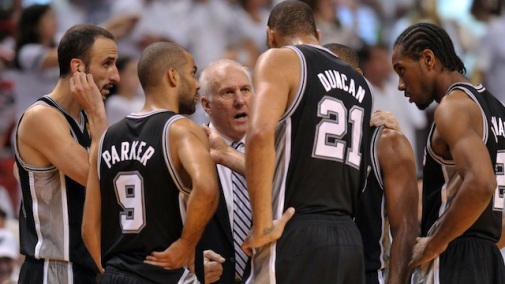
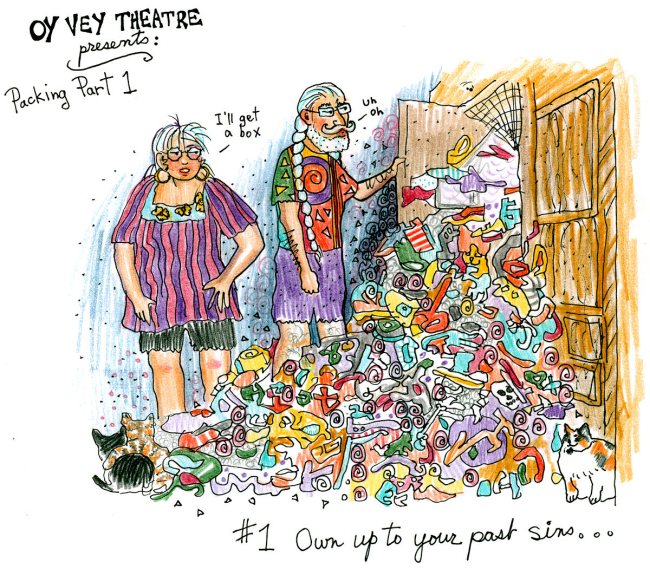 (funny, but true…)
(funny, but true…)

